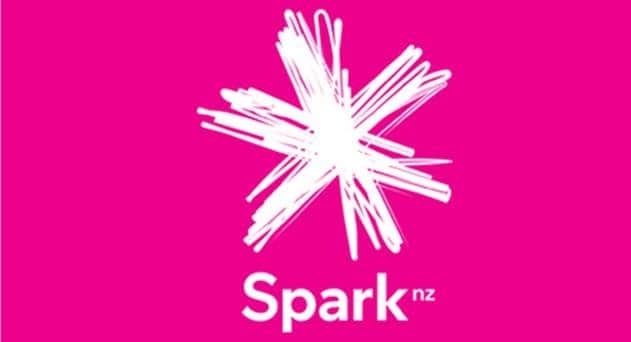Voice communications in New Zealand is in for a massive upgrade with Spark New Zealand announcing this morning it is switching from the ageing Public Switched Telephone Network (PSTN) to a next generation IP-based network.
The new network, to be progressively phased in over the next five years, will provide the foundation for Spark’s voice services into the future and will bring together all voice communications – be it landline, mobile, video or data-based.
It will enable richer, better customer experiences with voice, video, and collaboration features over whatever Spark service is available to them at the time, and provides the platform for new voice products and services into the future.
“This is a significant and essential upgrade of our oldest network, providing us with a future- proof platform for the latest voice technology, and allowing us to develop and deploy new services. We’ve been talking about doing this for over a decade now, and many other countries are also in the process of retiring their PSTNs, so it’s great to finally be able to get on with it here,” says Spark’s Chief Operating Officer, Mark Beder.
“Increasingly, customers are choosing alternatives to the old copper-based PSTN as their use of digital voice applications increase. Already, around 50% of New Zealand homes and businesses are using other technologies like Voice over Fibre, Voice over Wireless, using their mobile for voice communications or relying on messaging applications. It’s time to make the switch.”
Beder says although the upgrade is a massive technical and logistical undertaking, it will be largely invisible to customers with minimal disruption to services. The vast majority of customers won’t need to do anything and their existing phones and devices will continue to work normally when they switch over from the PSTN to the new IP-based network, which Spark is dubbing the “Converged Communications Network” (CCN).
Spark has already been successfully trialling the transition by consolidating and decommissioning 10 of the smaller, more remote exchanges – out of the 482 PSTN exchanges scattered around the country. Another four exchanges will be decommissioned shortly.
Beder says “These trials have been very successful. All the changes take place behind the scenes and disruption to customers has been minimal. The migration entails a small outage of a few minutes, scheduled during off-peak times for residential customers.”
Most customer devices being used today will be compatible with the CCN, but there may be some rare exceptions with legacy low-speed dial up services such as older medical and house alarms, EFTPOS terminals and PABX systems. Newer IP-based digital products with more and better functionality can replace these services and Spark will be working with vendors and customers to help make the transition as easy as possible for customers as the upgrade rolls out in coming years.




















